Tested: 2019 Yamaha YZ250F
Yamaha is all about big-picture innovation, but they’re also a case study in contradiction at times. The Japanese giant has earned a reputation for introducing groundbreaking new technology, but then they’re notoriously conservative when it comes to releasing it to the world. They really like to dot their ‘i’s and cross their ‘t’s, and it can be years before the public gets an insight into what they’re up to. And that can sometimes create the sense they’ve missed the boat in getting product to market in a timely way. But it also means that, when they do officially launch a new machine, it’s virtually guaranteed to perform well and live up to the high reliability standards we’ve come to expect from the blue brand.
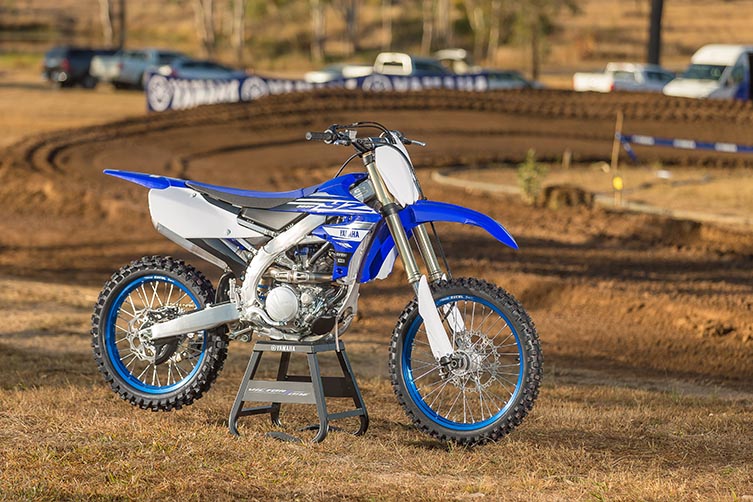
The 2019 Yamaha YZ250F is a perfect example of that. From the wheels up, this bike is all new. But in spite of the fact that every part is completely different, the 2019 YZ250F has a familiar, comfortable, predictable feel to ride. Perhaps that’s because it shares its chassis with the new-generation, championship-winning Yamaha YZ450F, which was released a year ago. But there’s more to it than that, because the powerplant in Yami’s 2019 quarter-litre MXer has been dramatically redefined to suit the electric start that’s been introduced this year, with a new valve train improving mid to top-end power significantly. In addition to that, it’s not possible to alter the engine’s power delivery via your smartphone.
After the recent Australian Media Launch for the bike at Queensland’s Willowbank Motocross Complex, we answer the five most pressing questions we had about this new machine.
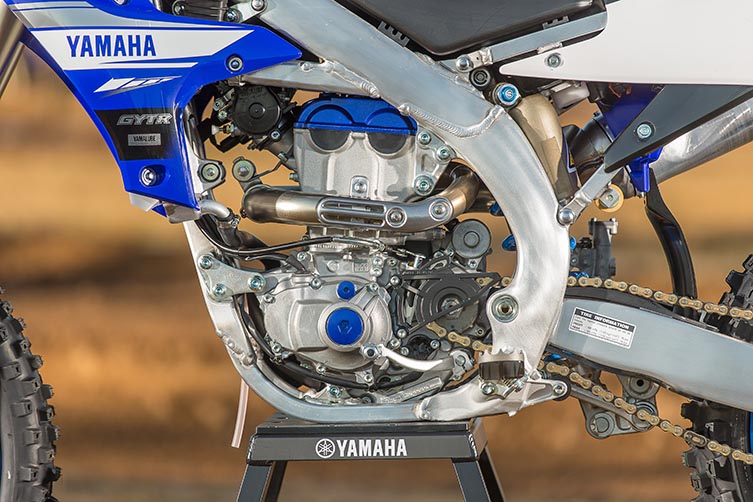
What has Yamaha’s central design philosophy been for the 2019 YZ250F?
Yamaha has had a strong focus of centralising mass and lowering the center of gravity of their motocross bikes over the past decade. It helps give their bikes a light and balanced feel. So for 2019, they stuck to their guns and pushed the boundaries of the already impressive platform further. But this new model is much more than a tweak of its predecessor with “bold new graphics”. This bike is a complete redesign; the biggest overhaul since 2014.
As it now comes with an electric start and all the running gear to suit, how does that affect the bike’s mass centralisation, especially when it means adding an extra couple of kilos? Well, this is where the Yamaha shines. By adding on a starter motor onto the rear of the engine – just behind the cylinder head – it should have thrown out the chassis balance completely, right? Wrong, because Yamaha countered this extra weight by tilting the cylinder head further forward (standing it up from a 6.2-degree rearward slate to 5.2 degrees) to counter the extra weight and centrifugal forces added by the electric-starter components.
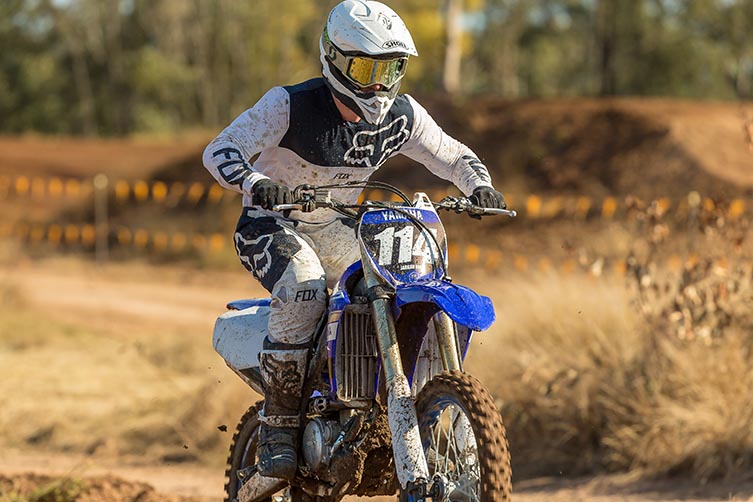
But Yamaha had more than the one focus for 2019. They needed to make sure this machine lived up to Yamaha’s record of reliability, and answered the calls from consumers for it to be more rideable on numerous levels. So when you combine the advantage of an electric leg with the integration of the new ‘Yamaha Tuner’ smartphone app – that now gives riders the ability to tune the power characteristics of the machine dramatically without worrying about blowing the thing up – this quarter-litre rocket really does live up to the hype of being not only competitive for racers, but a rideable and reliable package for weekend warriors.
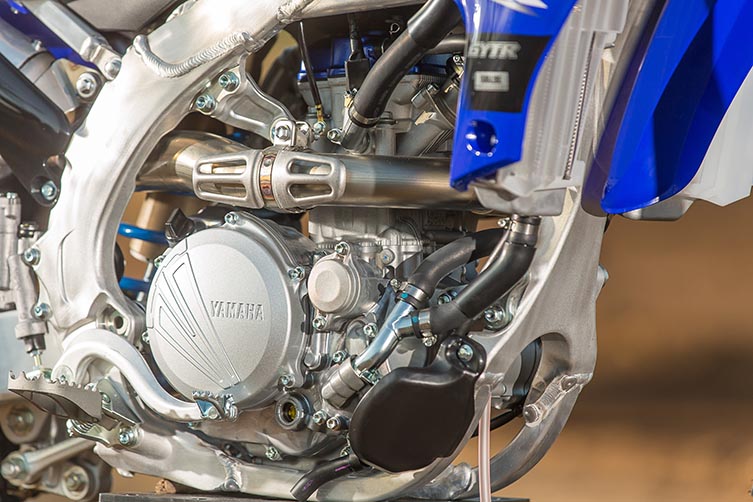
Do the mods for 2019 simply replicate what was introduced to the 2018 YZ450F, or are the new 250’s mods capacity-specific?
It’s no surprise that Yamaha based the 2019 YZ250F off last year’s all-new YZ450F. It’s a process they have been using for many years. But this 2019 250 isn’t a carbon copy of its big brother, either. Sure, it shares the same bilateral beam frame, rolling chassis, bodywork and controls. But it features its very own engine management system with the addition of a two-stage mapping switch, front and rear suspension spring rates, engine mounts and, most importantly, a unique power package. This impressive 250cc engine picked up where the 2017 model left off, retaining plenty of bottom to mid-range power. But instead of signing off up top, as its predecessors did, the 2019 model really excels at high revs. By reworking the cylinder head with a higher compression piston, creating more free-flowing exhaust, updating the valve train, and a host of other little tweaks, Yamaha has created an excellent all-round engine.
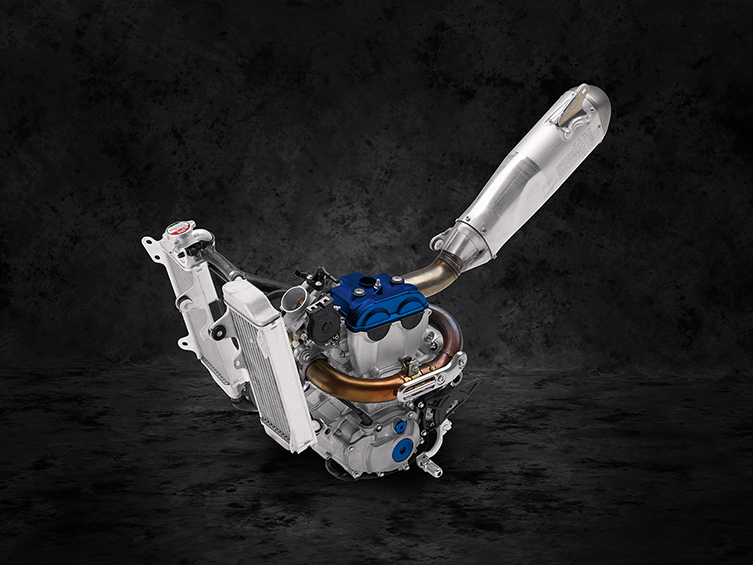
Has the Smartphone tunability evolved in the past year, and does it stand to benefit the 2019 YZ250F (and/or its owner/tuner) more than the 450?
The Yamaha Power Tuner app has been upgraded since its inception on the 2018-model YZ450F. It now is compatible with the all-new 2019 YZ250F (and YZ450FX) via Wi-Fi on your smartphone or tablet. But unique to the YZ250F is the fact you can now run two totally different maps (which you’ve created on your phone) with the flick of a switch. This is super-convenient because with the map selector switch on the left side of the handlebars, you can change how the bike performs on the fly – in any gear, at any RPM. So in theory, you could have your desired map you’ve created via your smartphone on Map 1 for the perfect race conditions, and a mud-styled map uploaded on Map 2 (active when the switch is illuminated blue) ready to go in case it pisses down with rain.
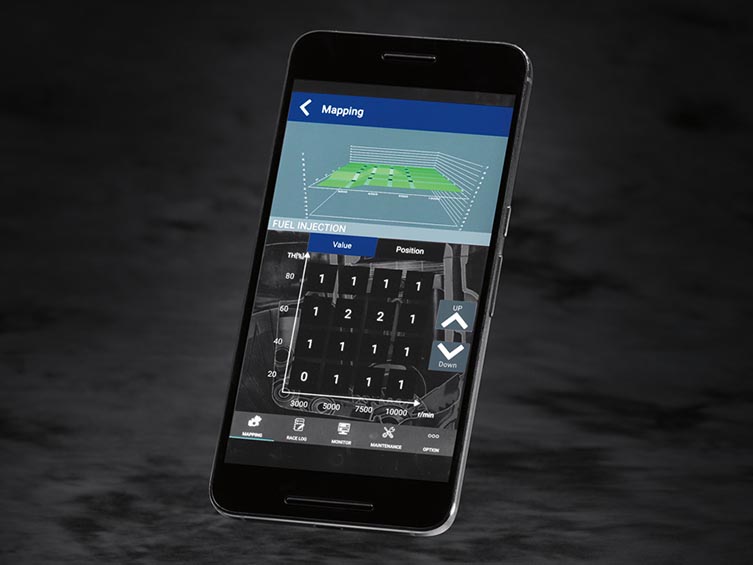
The options are endless, and with the ability to create, share (via Airdrop on your iPhone and an app such as AirDroid (on Android) and upload different maps with your mates, it makes customising these machines so easy.
Note: This two-stage map selector isn’t available on the 2018 YZ450F. The physical switch is the same, but on the 450 it acts as a launch control when it’s activated, not as a second map.
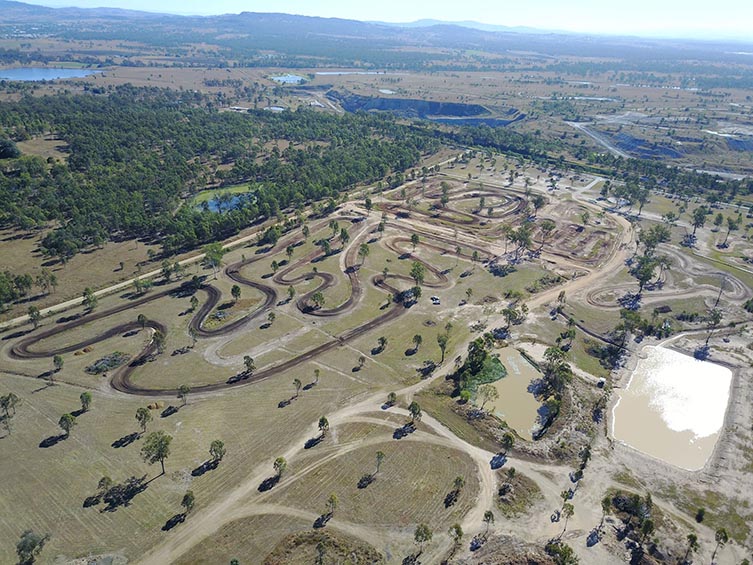
If you had to single out three mods that generate the biggest improvement in the way the 2019 bike performs compared with its predecessor, what would they be? And why? There are actually four that rate a mention…
Electric start: An electric leg is now almost expected for new-gen MX bikes. And why wouldn’t they? Manufacturers now accept that the small weight increase is a small price to pay for the added convenience. And when a brand like Yamaha implements an electric leg, you know it’s been tested to ensure its 100 percent reliable.
It’s worth noting that, like all lithium-ion batteries, it’s likely it will need to be charged via 240V if the bike sits around in the garage (without being started) for more than a month or so. Why? In order to preserve the longevity of the battery’s life, it goes into a ‘sleep mode’ when it hasn’t been active for a while, so it needs a kick of juice to get it back into action.
Map customisation/data recording: Put simply, the Power Tuner app and the technology behind it is excellent. In a world where smartphones are constantly making life easier, it makes total sense to bring this technology into the world of motocross. Can you think of a time when you are at the track or working on your bike when you didn’t have your mobile phone with you? Like it or not, we are becoming dependent on them. So when Yamaha announced this new tech that allows riders to tune the fuel injection and ignition timing of their motorcycle on the fly (and being able to keep up to date with maintenance and log race data all on the device you carry around in your pocket), we were excited to see whether it was a good as it was claimed to be. It’s safe to say that it not only lives up the hype, but exceeds it. With the system offering functions such as real-time monitoring of RPM, throttle position, engine temperature and many more, we can’t wait to test it out further. After all, the real benefit of this technology is likely to be most evident over an extended period of time, living and servicing the bike.
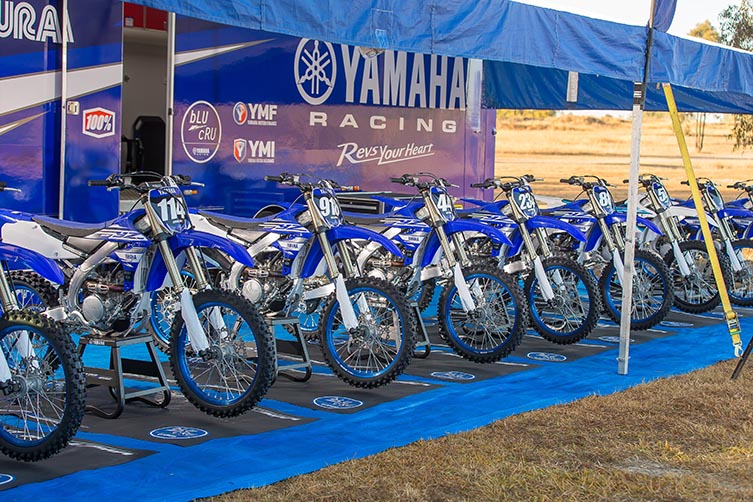
Bodywork: The cockpit feel has been one of the biggest differences we’ve noticed in the past when you jump on a blue machine. Previously, it’s been a little wider between the knees and felt a little cramped around the front of the cockpit. But that has all changed for 2019. When you combine the bike’s updated bilateral beam frame with the 16mm (8mm each side) slimmer seat, tank and shrouds, the bike feels much more spacious and slimmer between the knees. And for the shorter riders out there, you’ll be happy to know the seat height has been lowered by 8mm in the middle of the saddle, and 19mm in the rear to help when you swing your leg over the beast. Plus, the lower rear-end prevents riders from being kicked up the arse by the seat through a series of large braking bumps.
Power Increase: Let’s face it; Aussies are obsessed with horsepower. And in many cases, most of us think we need more power than we really do. This 2019 YZ250F is a great example of a machine that can be overlooked for its big brother YZ450F, but really shouldn’t be. The 2019 quarter-litre machine sure packs a punch. It has enough torque to pull you out of deep sand, but still revs to the moon through the gears on long straights. This re-worked engine is a very impressive and customisable package.
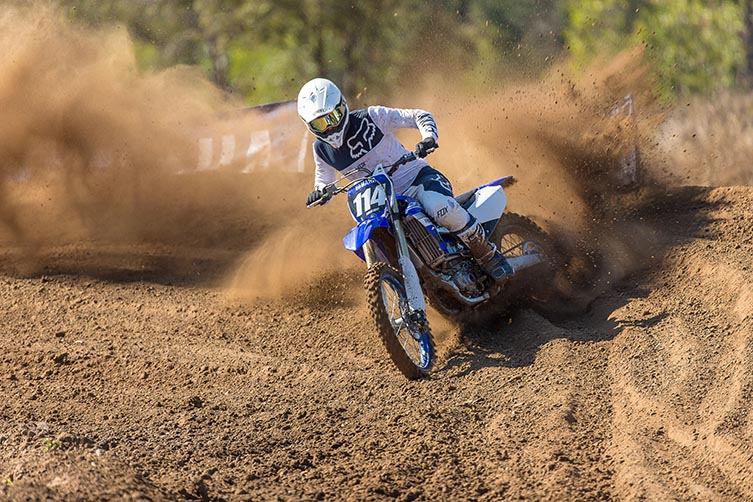
Weight is particularly critical for quarter-litre MXers, so how much weight has the 2019 YZ250F had to put on in order to give it the convenience (and marketability) of an electric leg?
Tipping the scales at 105kg wet weight, the 2019-model is 1kg heavier than its predecessor. But in the saddle, it actually feels lighter to ride. The re-worked ergonomics, combined with the new frame, gives the bike a slimmer and more precise feel. It’s easier to put the bike where you want it.
To accommodate the extra weight from the new electric start, Yamaha shaved weight of a range of parts rather than one individual component. This includes reducing the weight of the piston, rims, handlebars, axles, plastics, throttle body, and the biggest difference – the fuel tank. They have gone from a 7.5-litre fuel tank down to a 6.2 litre unit, which is sweet if you’re doing short motos. But if you like to ride for a decent amount of time or you’re used to the old 7.5L tank, this is something to keep an eye on.
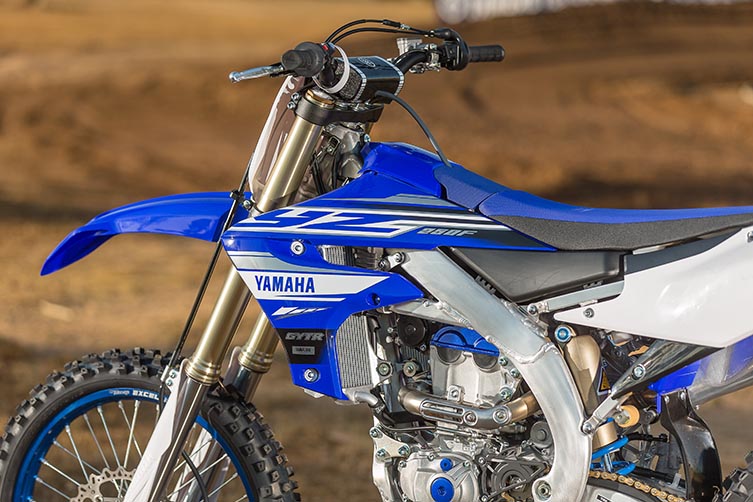
The Yamaha’s extra girth (physical and perceived) has long been an issue for some smaller riders. So now much thinner and more compact is the 2019 bike – on paper and in the saddle?
The new slimmer bodywork is one of the greatest advantages this machine has over its predecessor. Realistically, Yamaha could go even slimmer in the design of their cockpit, but it’s not necessary. The thickness of the radiator shrouds between your knees is now at a really comfortable point – not too wide, but wide enough to retain a good amount of contact with the machine through corners. This gives you more confidence as a rider to steer the bike with more control and precision.
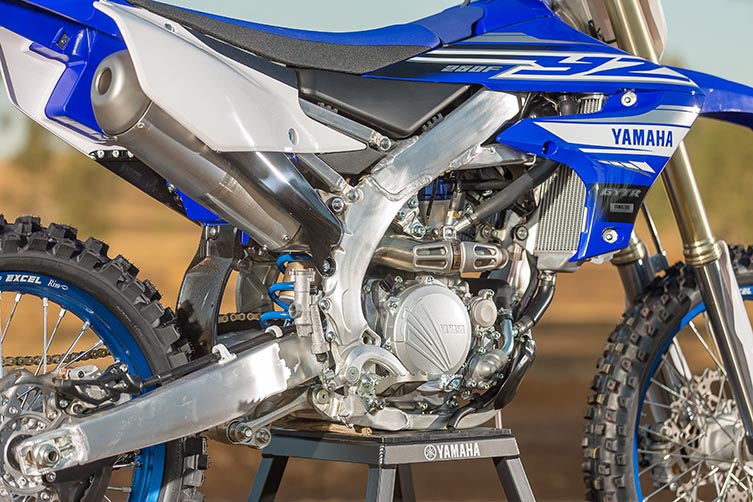
Are there any advantages with the 2019 model when it comes to serviceability and maintenance?
The 2019 YZ250F features the new airbox design we saw on last-year’s YZ450F. Which is a massive bonus when you start thinking about basic bike maintenance. The old three Dzus fastener set-up we saw on the earlier models worked well – apart from occasionally catching on your kneebraces – but this year Yamaha has refined it down to just one fastener. Why? It’s simply easier, faster and more practical. The design now features a flatter air filter and filter cage, which in conjunction with the easier to access Mikuni throttle body, helps reduce the amount of induction noise (that some riders didn’t like on previous models). With this new filter design, you do need to make sure the filter cage sits flush with the airbox all the way around with the back two lugs clipped in, before you clip in the top of the filter. This will prevent any issues.
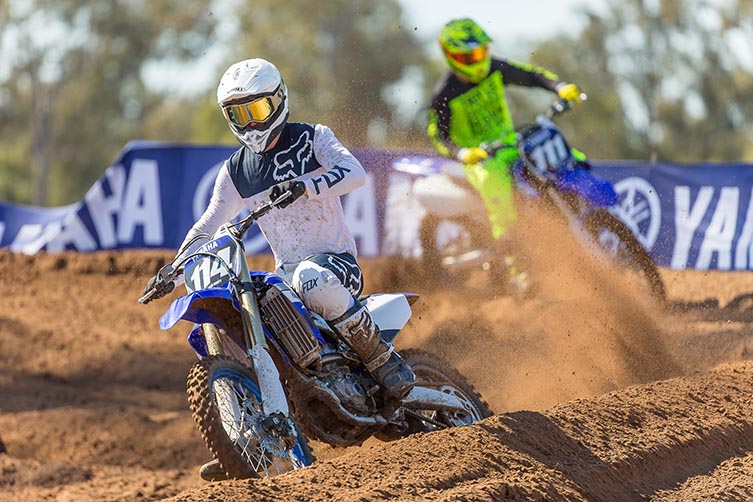
When on earth is the YZ250F going to get a hydraulic clutch?
Yamaha doesn’t do things in halves. When they launch new technology on their machines, you know it’s been around the block with testing. But for now, they plan on retaining their cable clutch until the market drives them down the hydraulic path. Why? According to Yamaha, the main reason is to remain their reliability record and minimise the need to add the extra weight of a hydraulic system.
Any overdue improvements?
Overall, this machine is super-impressive, but it still comes with bone-hard grips out of the box. Yeah, grips are one of those parts most people change to suit their preference, but consumers are becoming more particular and almost expect to see lock-on grips (or at least more comfortable specimens) as standard equipment these days.
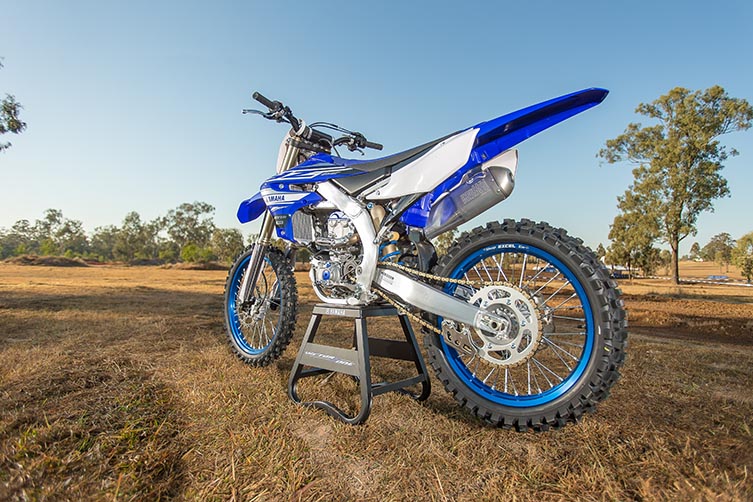
What YZ-F updates and/or technology will appear on the WR-F enduro range? And when?
If history is anything to go by, we will see a host of these updates find their way onto the 2020 WR450F and 2021 WR250F (though there is talk that the 2019 WR450F will be something very special!?). What exactly? We know the lightweight handling, slimmer bodywork, stronger engines, and predictable rolling chassis will all transfer over to the enduro counterparts, as will the ability to tune your bike via your mobile phone.
Related Content
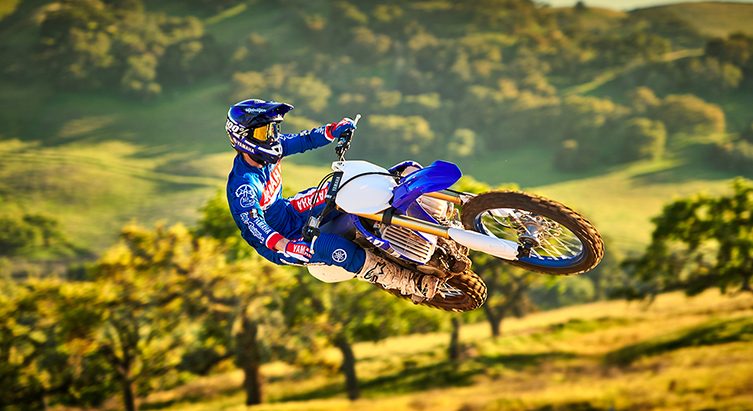
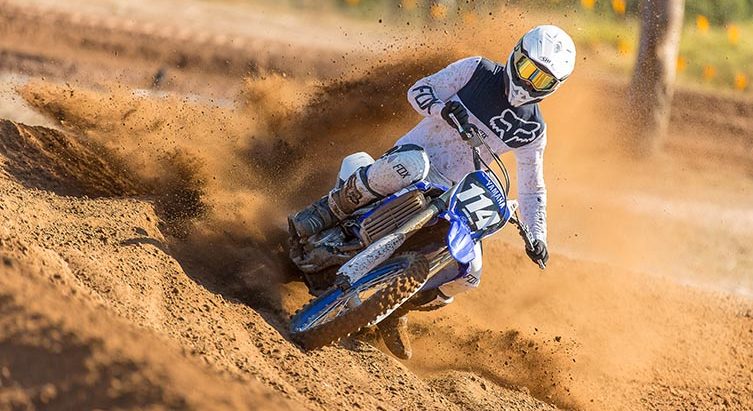


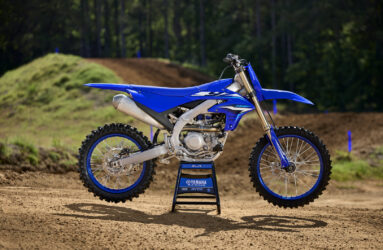

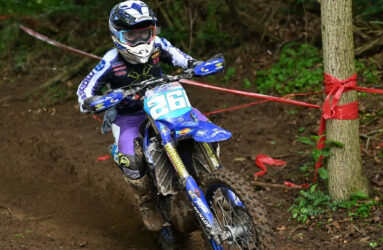
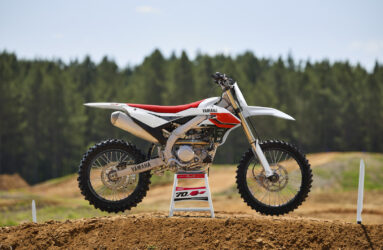
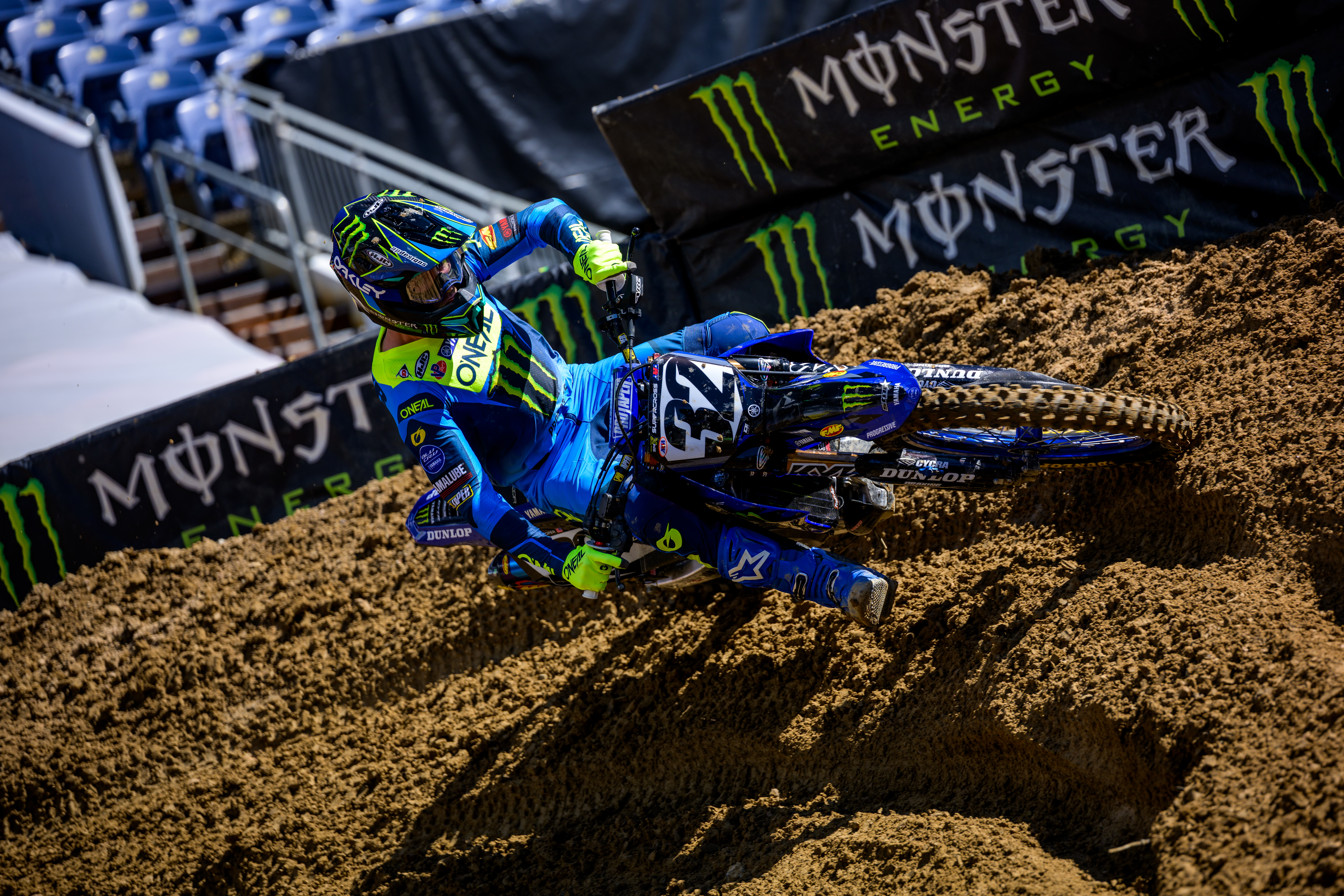
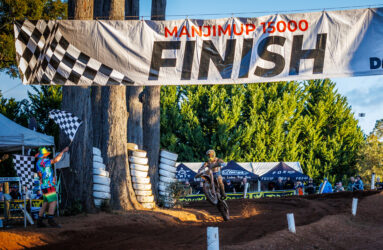
Be the first to comment...